March 8, 1971: My father took me along with him to the Shrine auditorium to see the first fight between Muhammad ali and Joe Frazier. No fight since has captured the magic of that fight. Two men, both undefeated, and each with a claim of the heavyweight title. And the fight was great.
One of my fondest memories with my father.





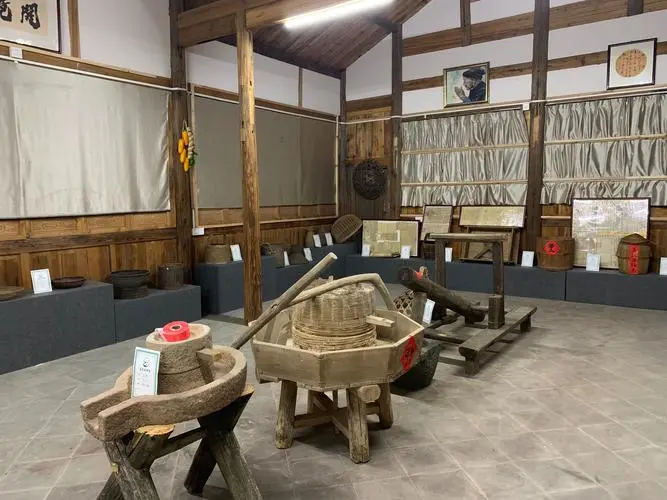







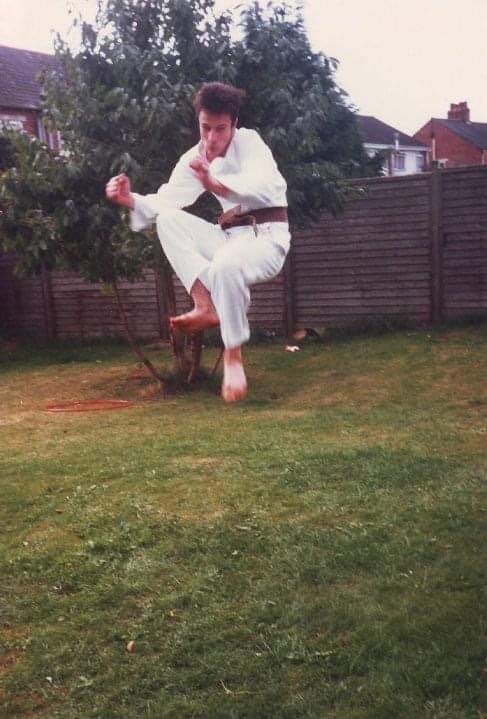
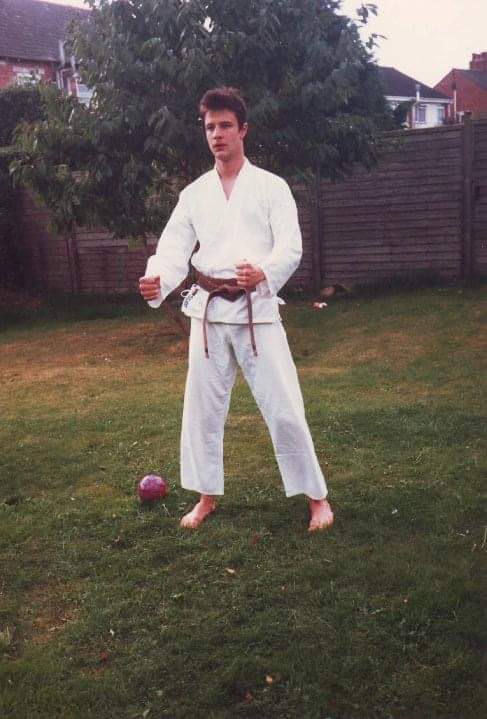




























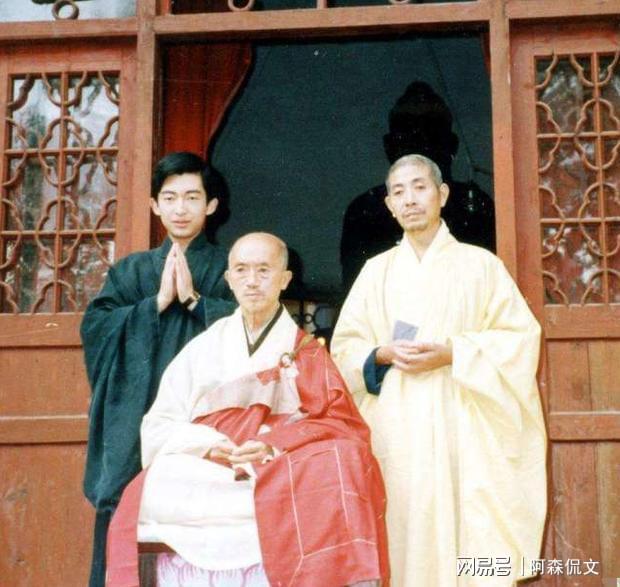













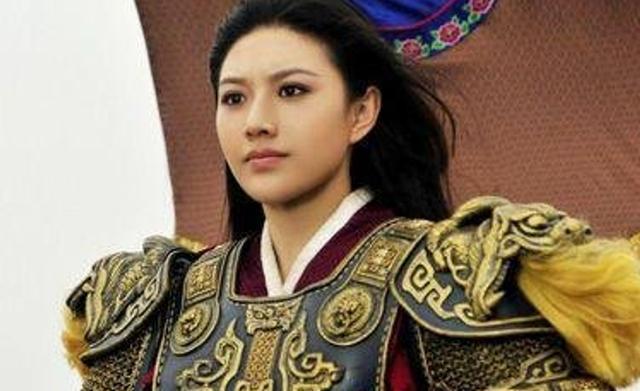




 RSS Feed
RSS Feed